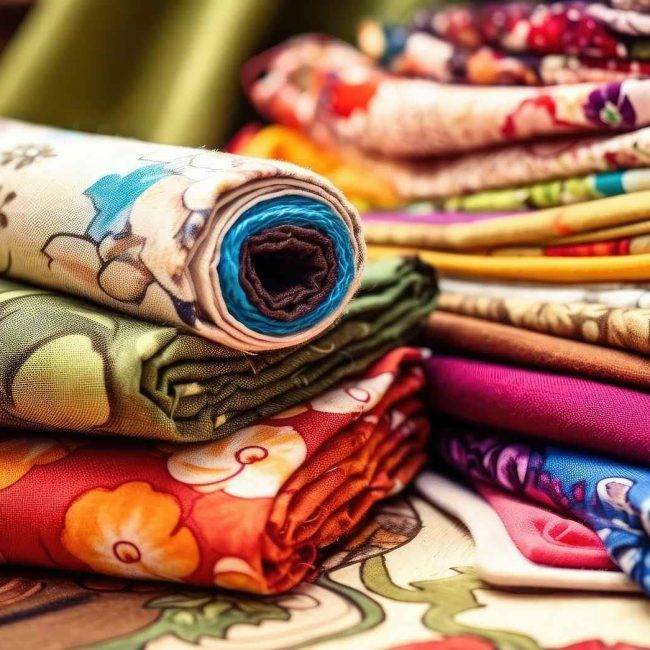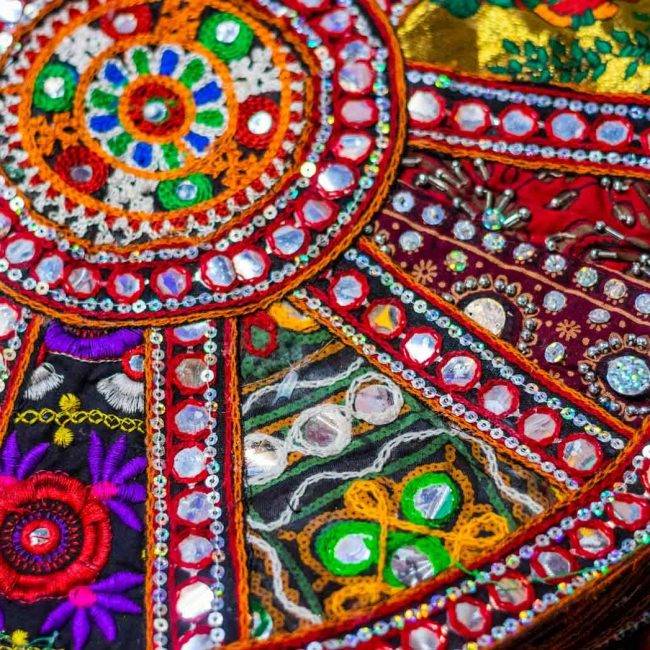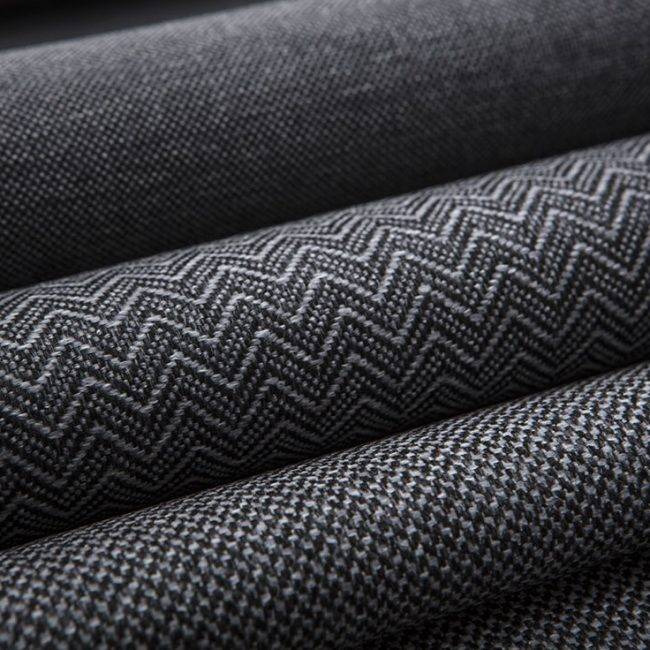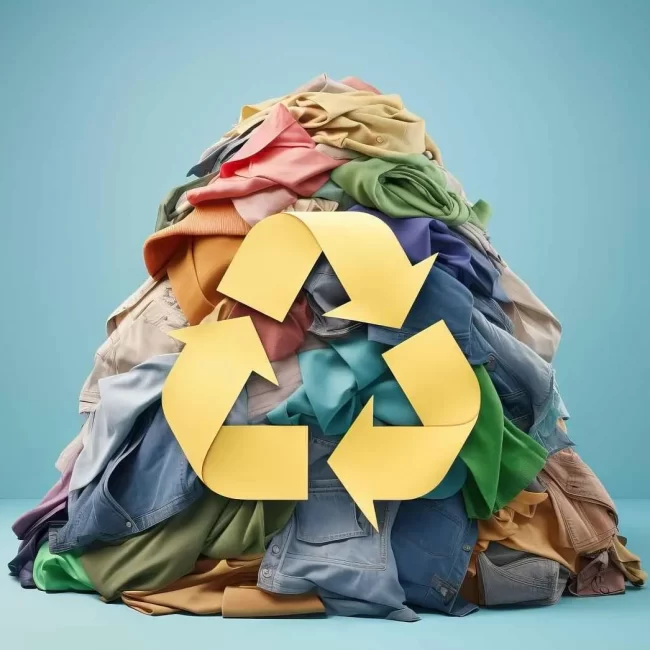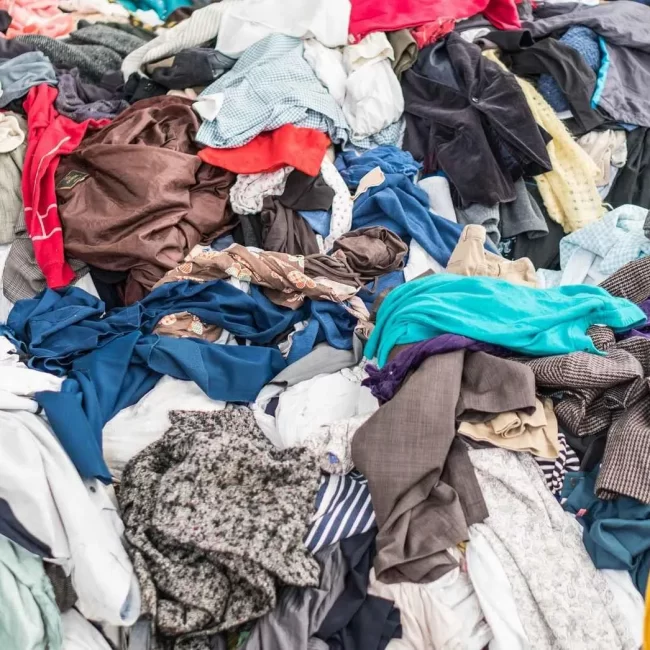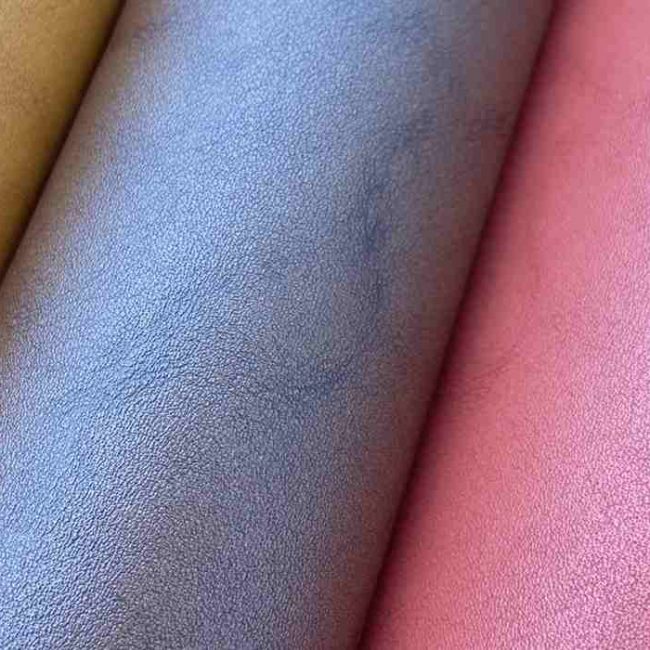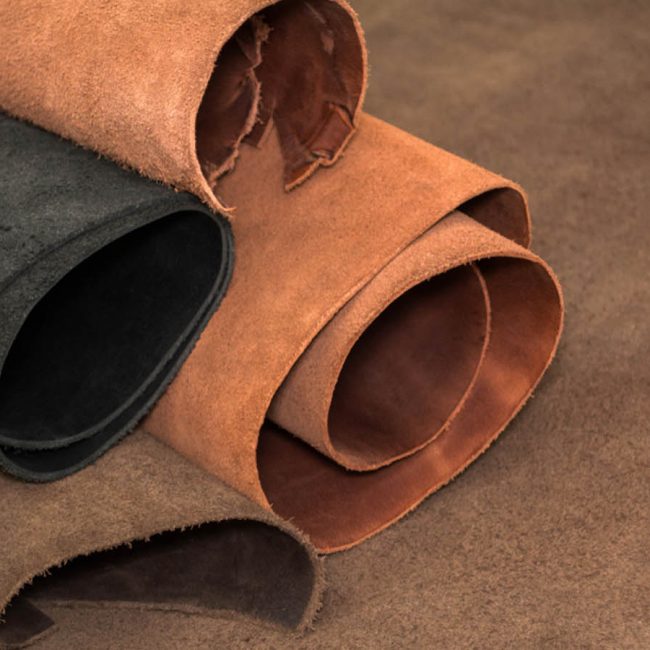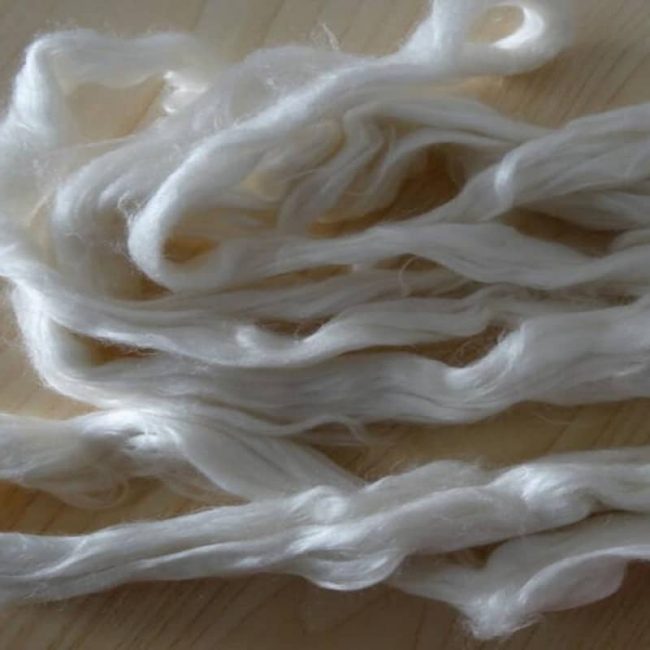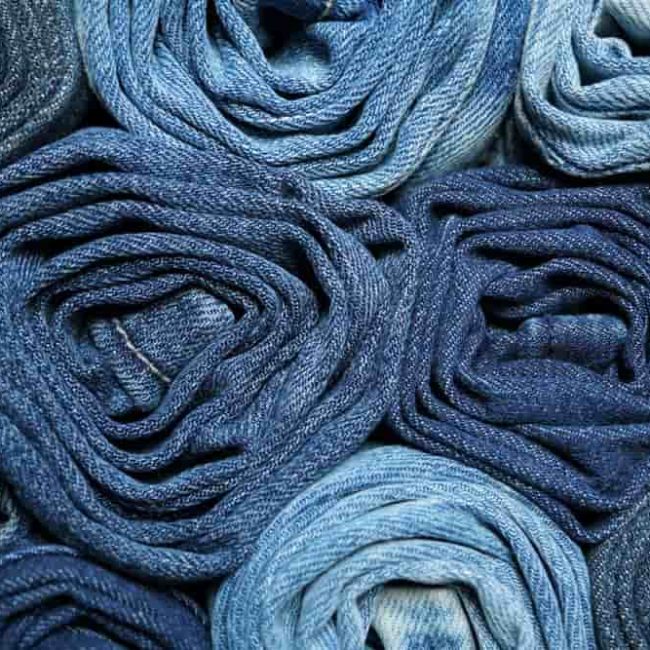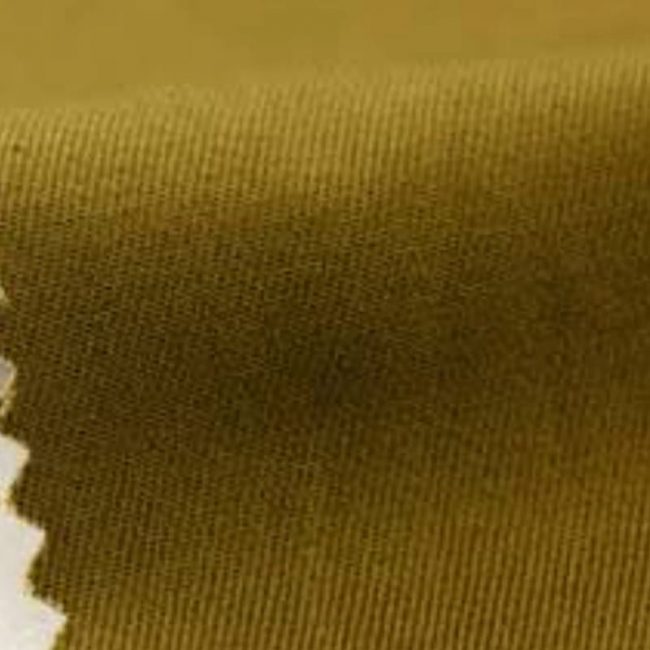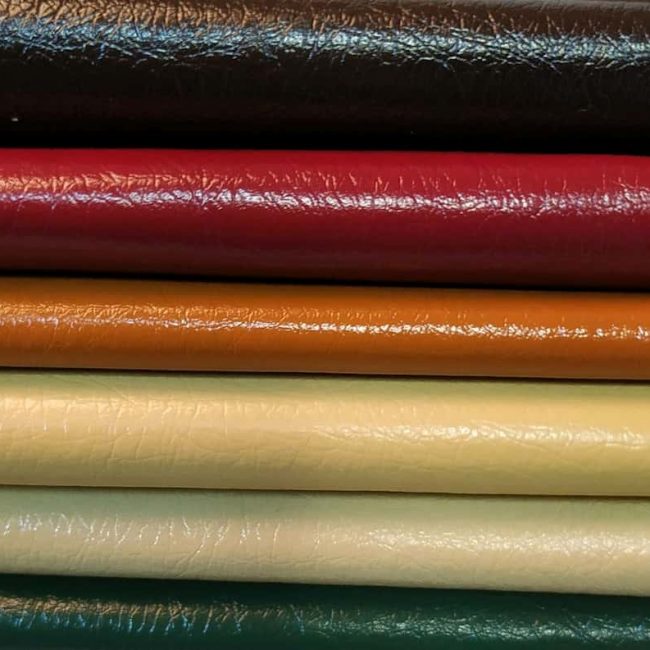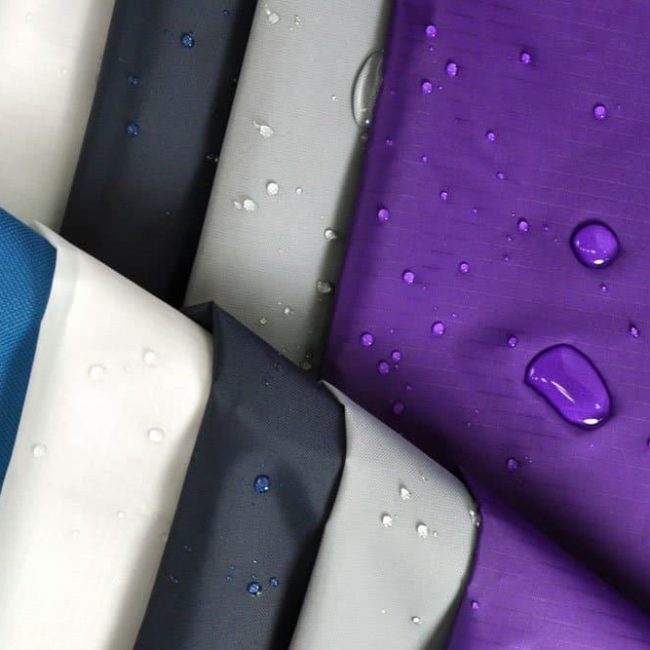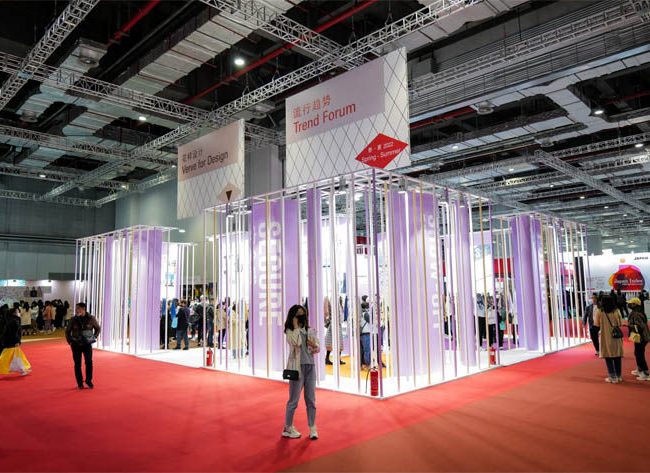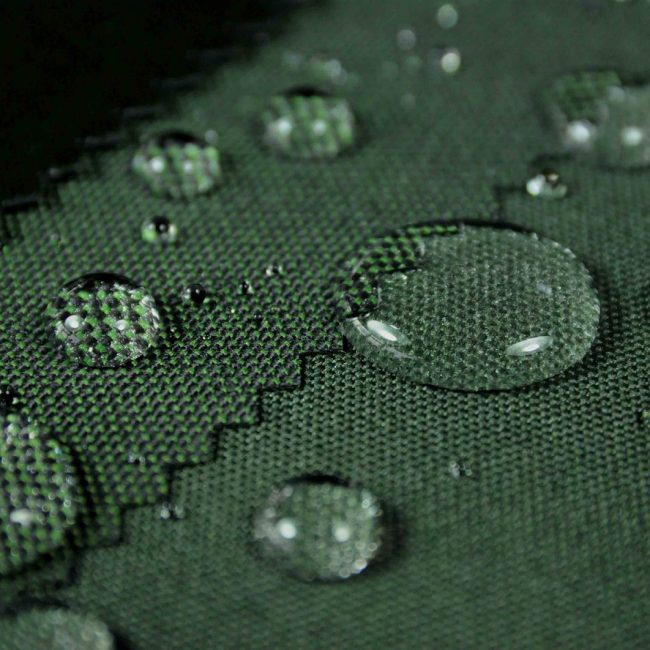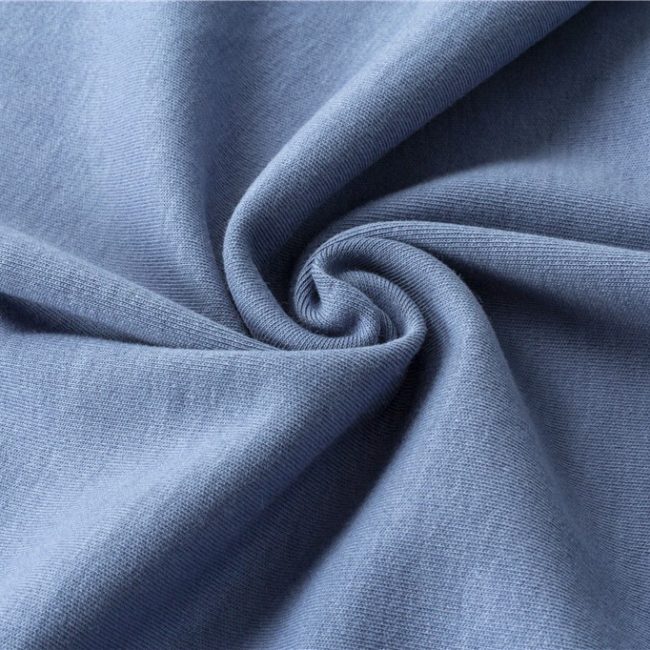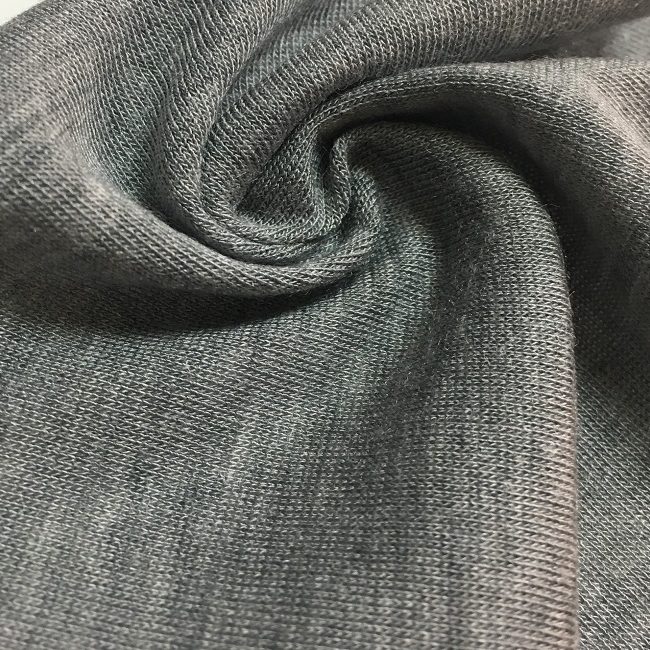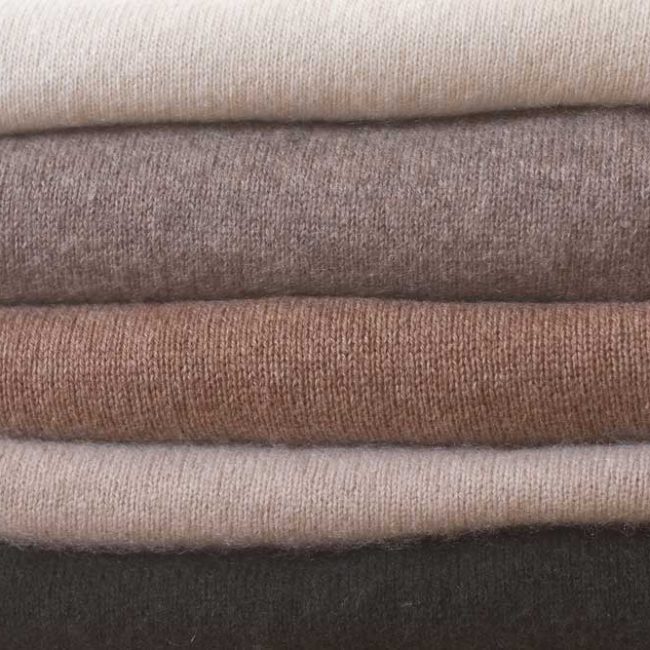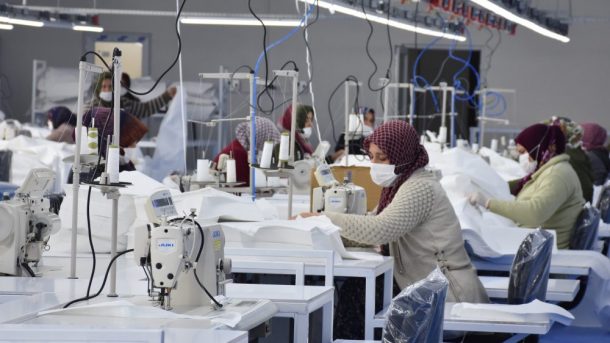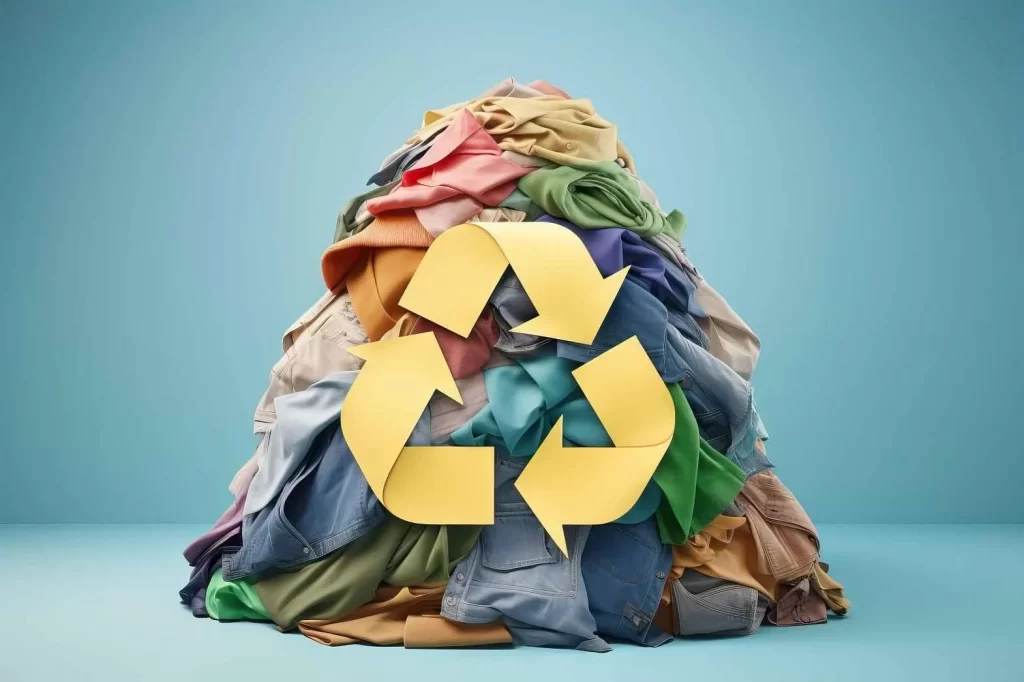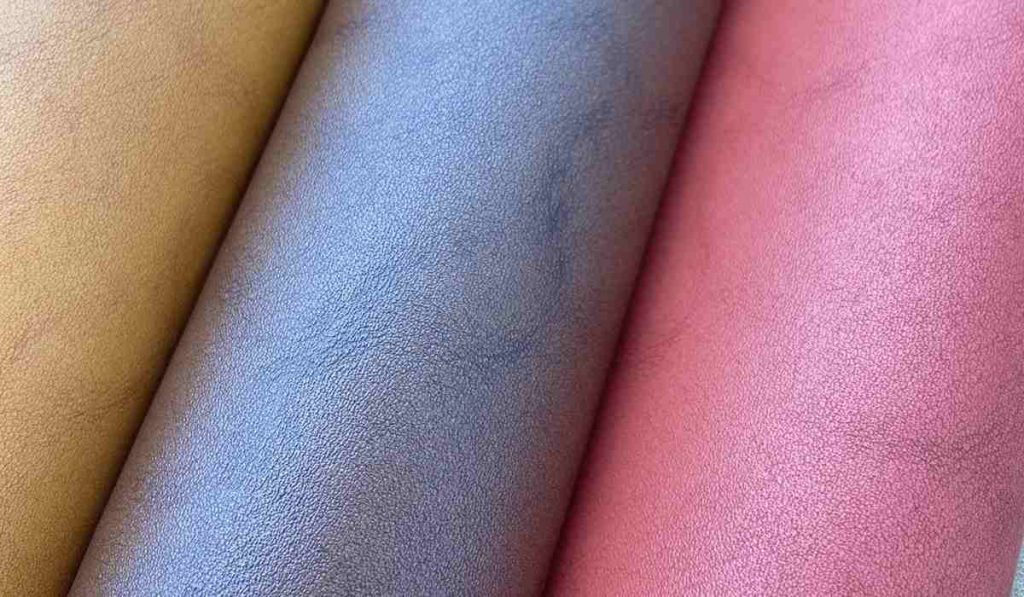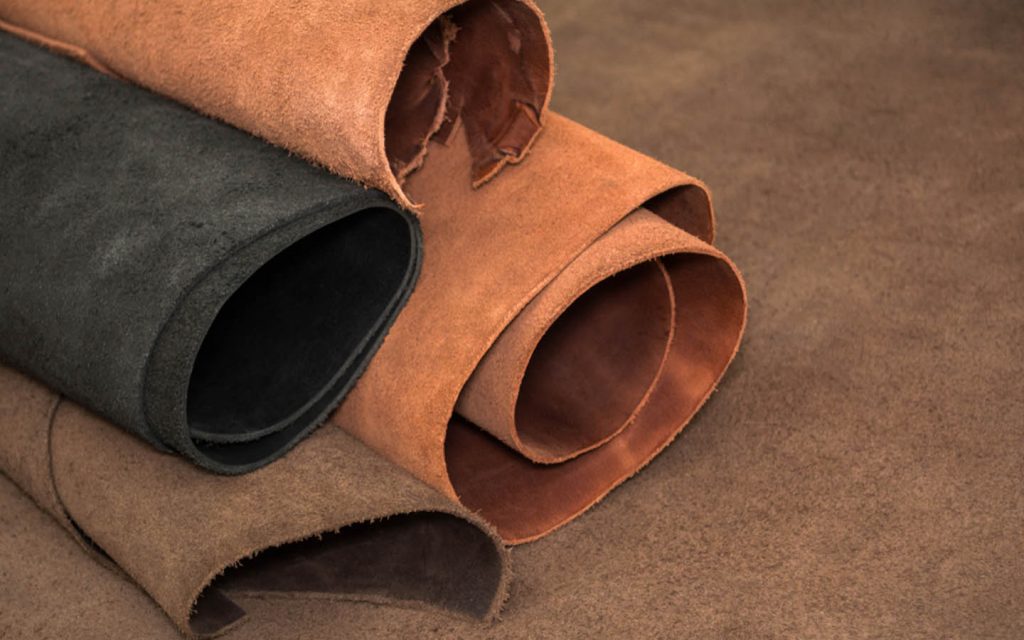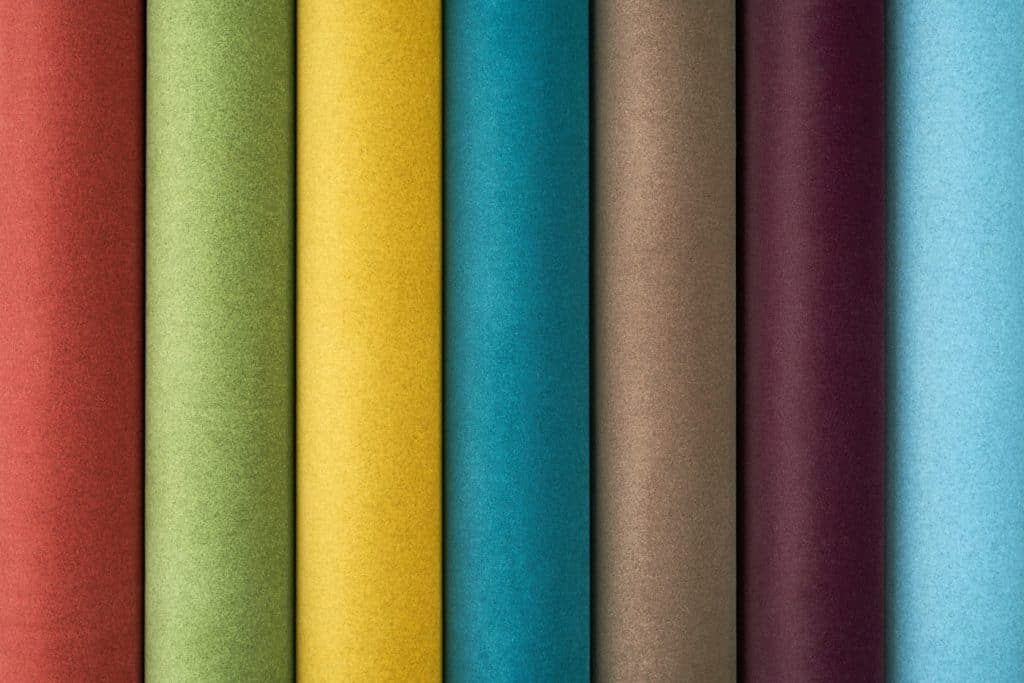Hs Code for Tricot Fabric 100 Polyester

Like any other product, tricot fabric has an HS to recognize its place in the industrial classification. It comes in more detail and specifies the product according to texture for instance tricot with 100 polyester fibers has a different code from the tricot itself. The Harmonized System (HS) Code is one of the industrial classification techniques that is often used from the very beginning of the process of exporting items through to its completion.
-
-
The Harmonized System is a method of product classification that is founded on a standardized numerical classification. This method is known as the “Harmonized System.” Customs authorities all over the world make use of it to identify products to establish what duties and taxes apply to those things as well as for the collection of data. Maintaining and distributing the HS is the responsibility of the World Customs Organization (WCO), and it is updated once every five years. It serves as the foundation for the classification systems that are utilized for importing and exporting in the United States as well as by a significant number of other countries that are the United States’ trade partners. The HS employs unique codes that each consist of six digits to classify the extensive range of goods and product categories that it covers. It is acceptable for countries to add longer codes to the first six digits to further classify their products. This practice is known as appending. You can identify the HS Code for your goods in another country by using a lookup tool in a foreign tariff database, such as the Customs Info Database. This will allow you to see what the HS Code is for your items in that country. This can be accomplished by sending your product to another country to be sold there.
tricot fabric hs code
Getting to know about every product HS code is necessary whether you want to export or import a product and tricot fabric cannot be an exception. The majority of nations across the globe have made the decision to use HS codes, which are a system of adecidedifiers that are assigned to goods to use those goods in international commerce. The World Customs Organization (WCO) is responsible for maintaining the Harmonized System (HS) codes, which are codes that are approved for use in the identification of goods by both government agencies and private businesses. These codes are widely recognized. The six-digit number that is used to identify the things and the established standards that are used to classify the commodities are two of the most essential parts of the HS code. The HS code was created by the International Organization for Standardization (ISO). Perform the function of a global standard against which to measure the classification of goods all across the world. More than 5000 distinct commodities are included, and it represents 98 percent of the things that are traded internationally. If you want to engage in international trade, you will need to have a suitable HS code for each of your products so that you may include it in the relevant legal and commercial documentation. This phrase is used in a variety of different contexts, including sales contracts, bills of lading, letters of credit, and certificates of origin, to name just a few. When you request funding for your business’s international trading, you will be asked to produce some of these legal and commercial documents. In addition, customs officials use HS codes to decide whether goods are subject to particular levies and taxes, as well as to keep track of imports and exports of goods. HS codes are assigned by the International Standardization Organization (ISO).
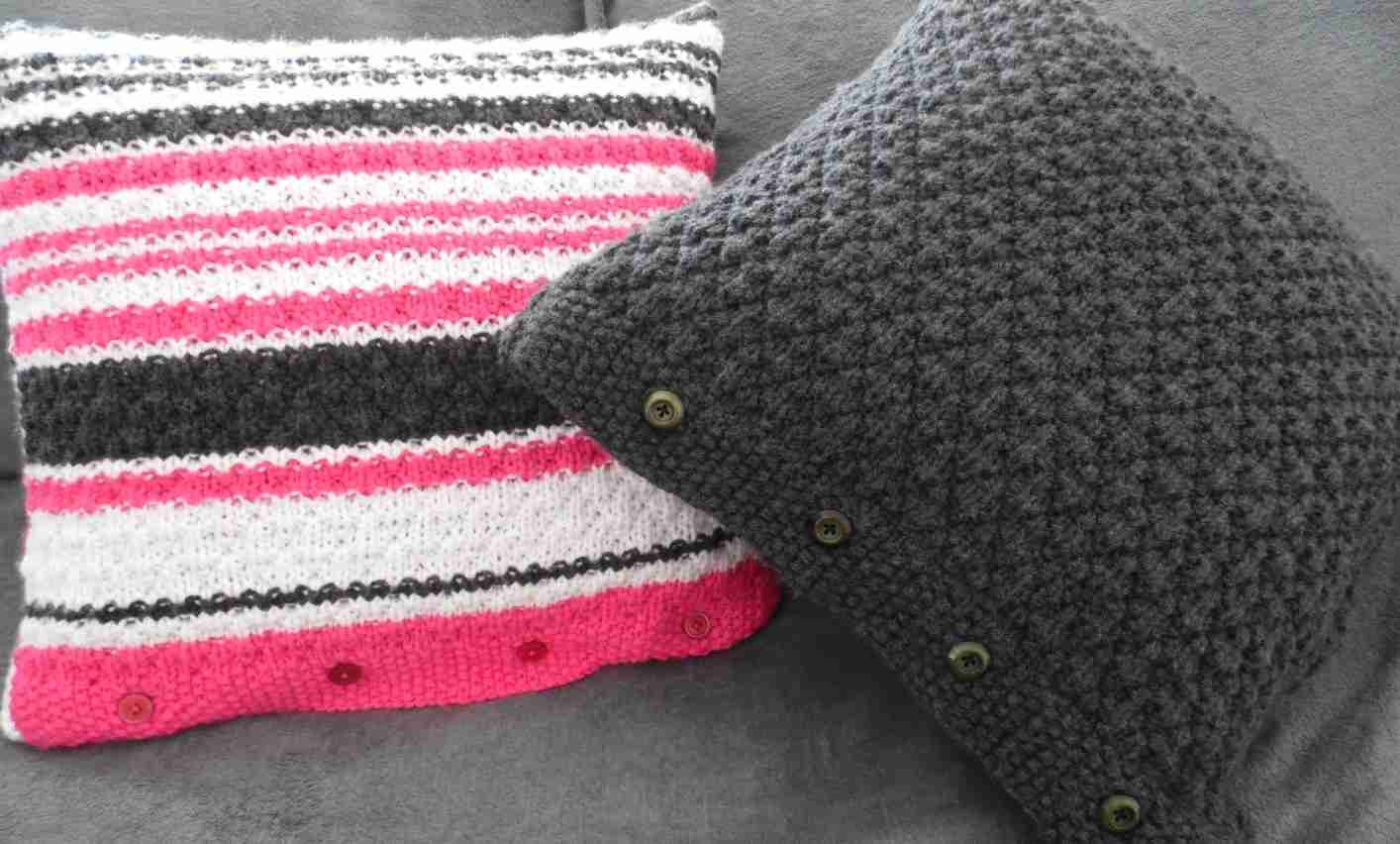
100 polyester tricot fabric hs code
Mass use of 100 polyester fabrics particularly tricot one in the fashion industry makes the people who work with this fabric, memorize the HS code. In international trade, keeping track of HS codes is one of the numerous challenges that must be surmounted to successfully engage. The most challenging part is determining whether a product is an “originating” good or a “non-originating” item. This distinction is important because it might have an impact on the tariff that is applied to a product. This is the reason why it is of such great importance: If you want to get the most out of a free trade area (FTA), the rules of origin that apply to the FTA will probably need you to modify your goods. This is the case if you want to get the most out of an FTA. For example, for your product to be exempt from tariffs, it might be necessary for it to be “wholly obtained,” which would distinguish it as being an origination from within your FTA. Altering the commodity code from that of the imported inputs to that of the final products that are exported can cause a change in the originating status of the product. This would imply that the inputs utilized in the production of the good you are exporting can have a status of non-originating status so long as the final output that is being exported is classified under a different commodities code. In other words, for the inputs to have a non-originating status, the final output that is being exported must be classified under a different commodities code. This is something that may be applied to multiple levels of HS codes, such as the chapter, header, and sub-heading levels. Specifically, the chapter level is one of the levels that which this can be applied.

hs code for tricot fabric polyester
The acceptability and usefulness of the HS code as a worldwide economic language and code for commodities like tricot fabric polyester is in high demand in the international market and has made it an invaluable instrument for international trade. The HS code serves as a worldwide commercial language and a code for commodities. Because the HS Becauseilized, it has been incorporated into a significant number of different customs clearing systems all around the world. Because the use of an incorrect code may be seen by customs as non-compliance, misleading, or misdeclaration each of which is associated with its own unique set of penalties it is of the utmost significance to use the appropriate HS code and the appropriate interpretation of that code. Because governments and customs officers in different countries might interpret the codes in a variety of different ways, identifying the correct HS code to apply to a given situation can be a very difficult and time-consuming task in some instances. An exponential rise in the cost of imports may be suffered by the customer if customs authorities apply the wrong tariff as a consequence of incorrectly using the HS code. This may be the case if customs officials apply the wrong tariff. You can use it to keep track of controlled goods, internal taxes, rules of origin, trade policies, transport statistics, freight tariffs, a compilation of national accounts, quota controls, price monitoring, traffic statistics, and economic research and analysis. Keeping track of controlled goods, internal taxes, rules of origin, trade policies, transport statistics, and freight tariffs is just one of the many things you can use it for. In addition to that, you can utilize it to optimize these aspects.
tariff code tricot fabric
A product-specific code that is documented in the Harmonized System (HS), which is managed by the World Customs Organization, is referred to as a tariff code (WCO). There is a tariff code for virtually every good like tricot fabric that is traded across international borders. A tariff code guarantees that products are classified consistently around the globe and is required to be included on all official shipping papers for tax assessment. A full tariff code always has at least six but never fewer than six and never more than ten digits. When identifying a product, a tariff code string is considered to be more particular if it has a greater number of digits. A product category or chapter in the HS that is represented by a string of fewer than six digits is referred to as a partial tariff code. This type of code is regarded to be a tariff code. Because the HS code is susceptible to development, it is essential to make certain that the codes that are being utilized are always up to current. In addition to the usual text and the HS code, an importer is required to provide a normal description of the items they are bringing into the country. The reason for this is that Customs wants to be able to physically inspect the items based on this description, so they require this information. The HS code that is provided by the supplier typically is sufficient; nonetheless, there is frequently confusion in situations such as the introduction of new technologies. Is the new mobile phone categorized as a camera or something else entirely? It is in everyone’s best interest to inquire about binding tariff information to have complete assurance that the appropriate HS code is applied when dealing with imports (BTI). When it comes to products that are the same, this rule applies everywhere in the EU.
-
Other News
Unravelling Asia’s Textile Dominance: Strategic Advantages and Future Prospects in the Global Market
Innovations in Home Textiles Industry: Revolutionising Comfort & Style
Decoding Germany’s Budget Crisis and its Likely Impact on the Textile-Apparel Industry
Best quality fabrics for clothes | Top 10 textile countries in the world
Best quality fabrics for clothes | Top 10 textile countries in the world
What is jacquard fabric? Different types of jacquard fabric.
Consumer Textile Recycling: Emerging Technologies Shaping Sustainable Fashion
Factors that will Impact the Textile Value Chain in 2023
Solving Fabric Waste for a Greener Fashion World
Eco Innovation in Fashion: Revolutionising the Industry
Denim Brands: Moving Towards a Greener Future
Functional Textiles: Blending Innovation with Sustainability
Organic Fabrics for Sustainable and Luxurious Living
Differences in foot shape when wearing wedge-heeled shoes with elevated forefoot height and heel height
Introduction of pvc leather fabric
Original Leather in Pakistan; Natural Thick High Resistance Durability Soft Flexible
Silk Tricot Fabric; Circular Weaves Sturdy High Resistance Not Irritated Skin
How useful was this post?
Click on a star to rate it!
Average rating 4.5 / 5. Vote count: 2
No votes so far! Be the first to rate this post.
